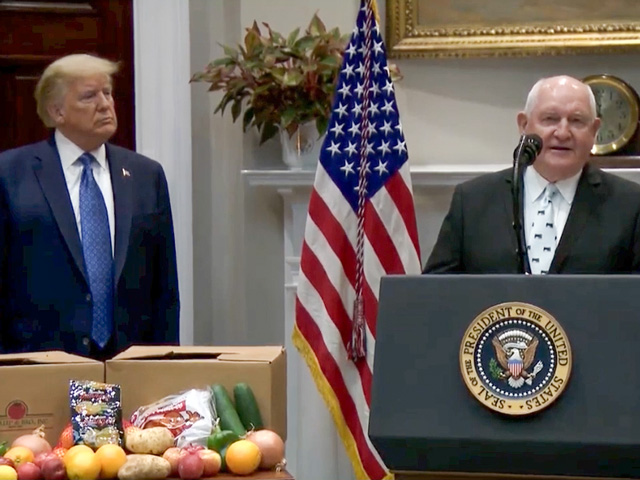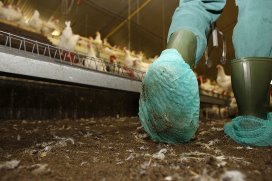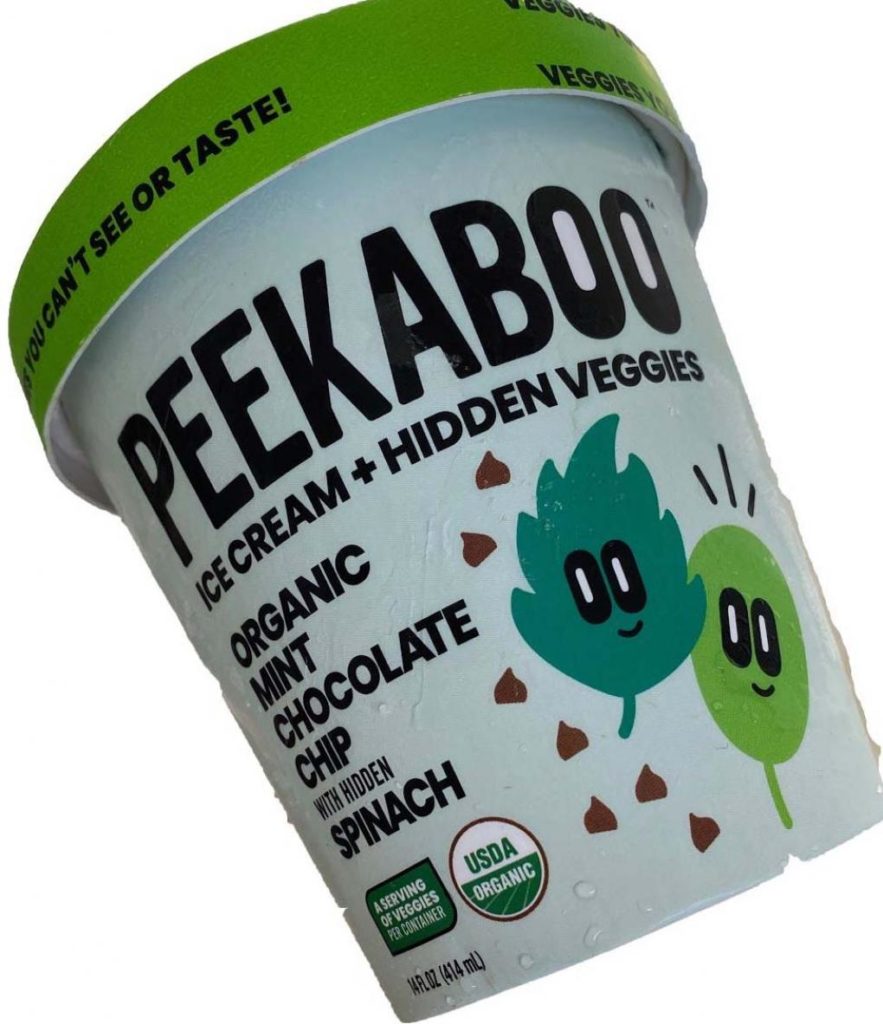The White House and Agriculture Secretary Sonny Perdue announced a $16 billion in direct aid that will flow through USDA’s Farm Service Agency to a broad array of producers for various products, including cattle, pork, dairy, fruits, vegetables, and commodity crops. The program in addition to the direct aid to farmers will also include $3 billion in commodity purchases that will go to food banks. Under the program, producers will receive 80% of their expected payment initially. The remaining 20% will come later in the year, likely after Commodity Credit Corp. coffers have been replenished. @ https://www.dtnpf.com/agriculture/web/ag/news/business-inputs/article/2020/05/19/president-trump-announces-aid-sign
Mary-M
Enrollment in CFAP through local USDA Service Centers (Farm Service Agency offices) will begin May 26, and USDA expects payments could go out to producers within a week after sign-up begins. The CFAP includes aid for livestock producers, commodity producers and specialty crops producers.
ruth
Lack of knowledge of when to clean pipelines can result in significant economic and environmental costs. Ultrasonic measurements and machine learning can be used to detect fouling in food pipes. A study published in Food Control described the use of ultrasonic measurements and a range of different machine learning classification methods to monitor the fouling removal of food materials in plastic and metal cylindrical pipes. The data showed that the developed techniques could predict the presence of fouling with prediction confidence as high as 100% for both plastic and metal pipes. The technique performed marginally better in the plastic pipe. All machine learning methods studied had a good performance. The study showed the potential of a low-cost ultrasonic sensor to monitor and therefore optimize cleaning processes within pipes. @ https://www.sciencedirect.com/science/article/abs/pii/S0956713520302255?dgcid=rss_sd_all
Food and drink production equipment is routinely cleaned to ensure it remains hygienic and operating under optimal conditions. A limitation of existinâ¦
ruth
Poultry World reported on collaborative research from the University of Georgia and Colorado State University and the US Department of Agriculture (USDA) to develop strategies for reducing salmonella in poultry. The study used Salmonella Heidelberg as a model, as a strain that is particularly hard to get rid of after colonizing broiler farms. The study examined how the type of poultry litter in broiler houses can prevent infection and development of antibiotic resistance, and devising a flock health monitoring system that can help us to predict infection risk sooner. The research found that the microbiome present in the reused litter negatively correlated with the populations of antibiotic-resistant Salmonella Heidelberg in the chickens’ guts, compared with broilers raised on fresh litter. The study is attempting to use artificial intelligence to identify social cues of Salmonella-free broiler chickens raised without antibiotics. Subsequent stages will include testing the Predictor on images of broiler chicks that have been inoculated with Salmonella Heidelberg strains and optimizing the Predictor for a verification test in a commercial broiler house. @ https://www.poultryworld.net/Health/Articles/2020/5/Exploring-ways-to-reduce-salmonella-in-poultry-584059E/
Researchers from 2 US universities have joined forces with the US Department of Agriculture (USDA) to explore alternatives to antibiotics for reducing salmonella in poultry.
ruth
The FDA announced on its website that Ramar Foods (Pittsburg, CA), recalled the 14-ounce packages of Peekaboo branded Mint Chocolate Chip with Hidden Spinach Ice Cream product because of the potential contamination of Listeria monocytogenes. The recalled ice cream was available for purchase at select Target stores in FL, GA, SC, and NC. Only thirty-three (33) containers of the ice cream product were purchased by consumers and the remaining containers have been removed from commerce. No illnesses have been reported to date in connection with this product. The potential for contamination was discovered after internal routine testing by Ramar Foods revealed the presence of Listeria monocytogenes in some packages of the ice cream. Production of the recalled product has been voluntarily suspended while we continue to work with the FDA to investigate and take appropriate corrective measures. @ https://www.fda.gov/safety/recalls-market-withdrawals-safety-alerts/ramar-foods-recalls-mint-chocolate-chip-hidden-spinach-ice-cream-because-possible-health-risk?utm_campaign=Ramar%20Foods%20Recalls%20Mint%20Chocolate%20Chip%20With%20Hidden%20Spinach%20Ice%20Cream&utm_medium=email&utm_source=Eloqua
Ramar Foods of Pittsburg, CA, is recalling its 14 ounce packages of Peekaboo branded Mint Chocolate Chip with Hidden Spinach Ice Cream product out of an abundance of caution because of the potential contamination of Listeria monocytogenes, an organism which can cause serious and sometimes fatal infe




